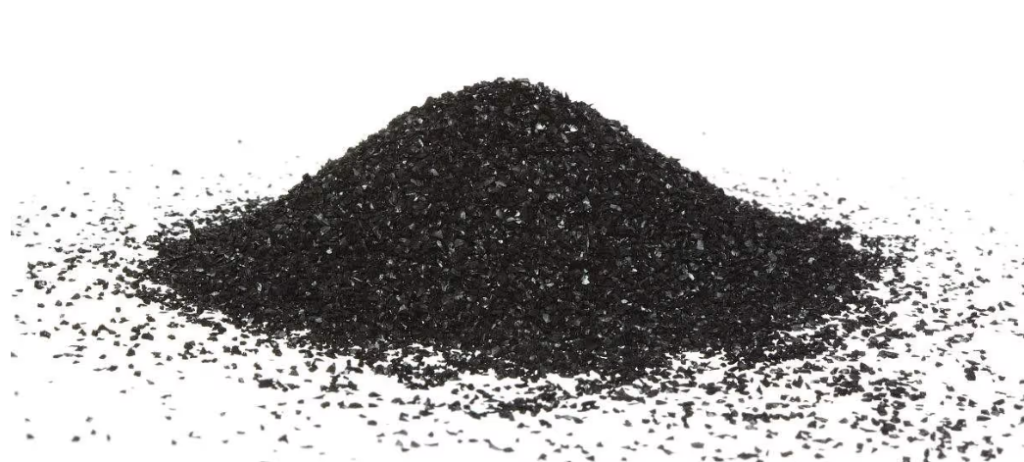Have you ever wondered what makes activated carbon such a powerful and effective filtration medium? In this blog post, I’ll take you on a journey to explore the major quality index of activated carbon.
Get ready to dive into the fascinating world of this remarkable material!

Activated carbon, also known as activated charcoal, is widely recognized for its exceptional ability to purify water and air.
Its unique porous structure and high surface area allow it to trap and remove impurities, odors, and contaminants effectively.
But how do we assess the quality of activated carbon? Let’s find out!
Particle Size
One of the crucial factors that determine the performance of activated carbon is its particle size.
The size of activated carbon particles affects the contact area and the diffusion rate of contaminants. Smaller particles generally have a larger surface area, providing more active sites for adsorption.
Thus, activated carbon with a smaller particle size tends to exhibit higher adsorption capacity and efficiency.
Iodine Number
The iodine number is a significant indicator of the porosity and adsorption capacity of activated carbon. It measures the milligrams of iodine adsorbed per gram of activated carbon.
A higher iodine number indicates a larger number of micropores and an increased ability to adsorb small molecules.
Therefore, activated carbon with a higher iodine number is often considered more effective in removing organic compounds, such as chlorine, pesticides, and volatile organic compounds (VOCs), from water and air.
Adsorption Capacity
The adsorption capacity of activated carbon refers to its ability to attract and retain impurities and contaminants.
It depends on various factors, including pore size distribution, surface area, and surface chemistry. Activated carbon with a higher adsorption capacity can effectively remove a broader range of contaminants and maintain its performance over a more extended period.
Ash Content
Ash content in activated carbon refers to the non-combustible inorganic residue left after the carbonization process.
Higher ash content may indicate the presence of impurities that could potentially interfere with the adsorption process.
Low ash content is desirable for activated carbon used in water and air purification applications as it ensures better purity and efficacy.
Water Content
The water content of activated carbon affects its storage stability and performance.
Excessive moisture in activated carbon can lead to microbial growth and reduce its adsorption capacity. Therefore, it is essential to control and maintain an optimal water content level during the manufacturing and storage processes.
Mechanical Strength
The mechanical strength of activated carbon determines its resistance to attrition or breakage during handling and usage.
Activated carbon with good mechanical strength can withstand the challenges of various filtration systems and maintain its integrity over time, ensuring consistent and reliable performance.
In summary, the major quality index of activated carbon includes particle size, iodine number, adsorption capacity, ash content, water content, and mechanical strength.
These factors collectively contribute to the overall effectiveness and durability of activated carbon as a filtration medium.
